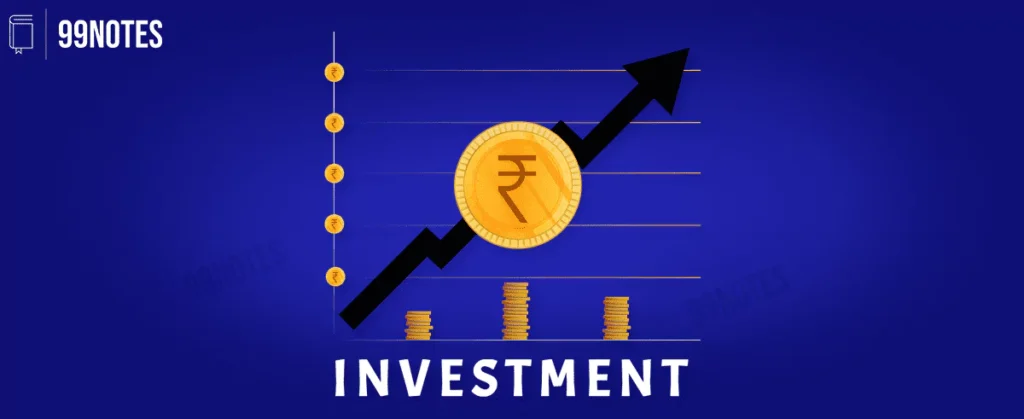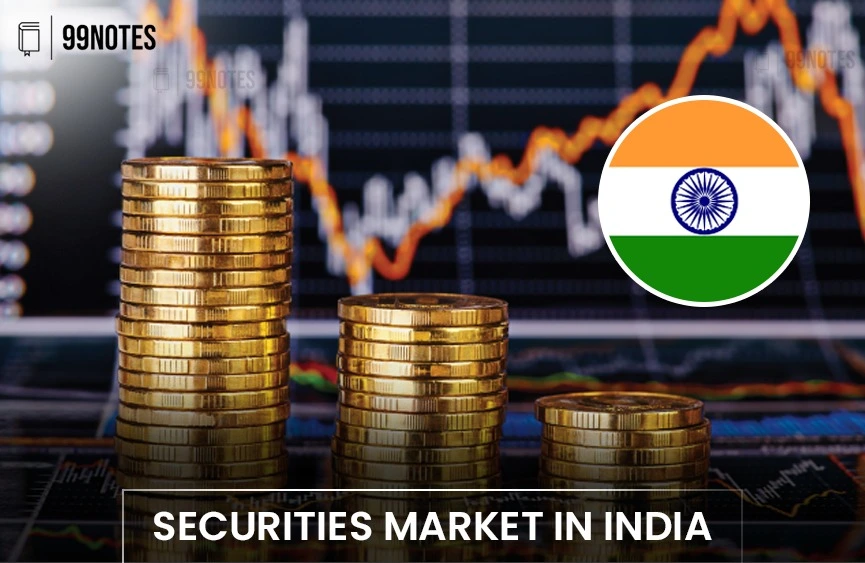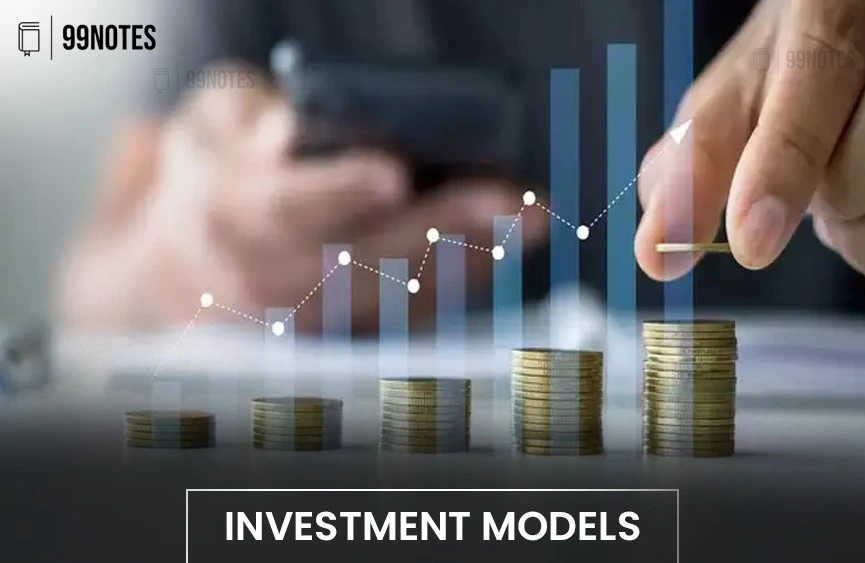
Investment Free UPSC Notes Download

Investment
A change in inventory or Addition to the stock of capital is also known as an investment. This is because it is expected to generate income in the future. Note that here the term capital refers to both fixed capital (building and machinery) as well as working capital

Investment into Businesses
Investment business is done with the expectation of capital appreciation, dividends, and interest earnings. Such investment is critical for the growth of the country as it brings employment and enables the skilling of the workforce.

Securities Market in India
A financial security is a fungible, tradable financial instrument that holds some form of monetary value. It represents an ownership position, creditor relationship, or rights to ownership as specified in a contract. A financial instrument is a set of all such money contracts that can be traded, modified or settled.

External Debt
External debt refer to the Long-term Loans availed by Indian entities, including the government, from non-resident lenders.
India generally lacks enough credit in general for the growth of the industry. This is particularly true for even the Corporate sector. Even the government pays a high level of interest on its Sovereign bonds

Investment Models
The government requires revenue for investment financed through taxes. Properly targeted public investment can do much to Revive the economy during an extended period of weak economic growth.
Large pools of savings can be channelled into productivity. Leveraging private sector investment.
Investment
Investment refers to the act of putting money into various vehicles such as bank deposits, stocks, real estate, gold, businesses, or industries in order to achieve a financial return.
For a country to grow and create employment opportunities, it needs to produce more goods and services, and therefore investments in businesses, agriculture, industry, and supporting infrastructure are essential.
Governments may also invest in these areas, but in countries with fiscal deficits (like India, which has a deficit of 5.1% of GDP), private sector investment is also necessary.
The relationship between investment and GDP (gross domestic product) is that GDP is the total expenditure on consumption, government spending, net exports (exports minus imports), and investment, with investment being everything that is left over after these other factors are subtracted. Investment is influenced by income and interest rates: higher income leads to more investment, while higher interest rates lead to less investment. A lack of investment can lead to a lack of growth, resulting in issues like poverty, malnutrition, and unemployment.
DIFFERENT INVESTMENT AND PLANNING MODELS IN RELATION TO INDIA INCLUDE:
Harrod Domar Model: The model suggests that economic development is contingent on policies to boost investment, by increasing saving, and utilising that investment more effectively through technical improvements. It implies there is no inherent need for an economy to experience balanced growth. Essentially, it was a One Sector Model. We were unable to attract investment in India’s consumer goods industry due to a lack of robust capital goods sectors.
- Solow Swan Model: The neoclassical model was an adaptation of the Harrod–Domar model from 1946 that added a new term: productivity growth.
- According to the Feldman–Mahalanobis model, a sufficiently high capacity in the capital goods sector increases the production capacity of consumer products in the long term. Consequently, the essence of the model is a shift in the structure of industrial investment toward the development of a domestic consumer goods sector. The Two Sector Model was eventually expanded into the Four Sector Model. Known also as the Nehru-Mahalanobis model.
- Rao Initiated in 1991 by Dr. Narasimha Rao and Dr. Manmohan Singh, the ManMohan Model is a policy of economic liberalisation and FDI.
- The infinite labour supply paradigm of economic growth proposed by Lewis.
- Model of induced investment
- Leverage Investment Model.
- Model of growth driven by savings; significance for India.
- Demand-driven expansion paradigm.
- Consumption-driven paradigm of economic growth.
- Aspects influencing Investment Attitudes
Savings Rate.
- Tax Rate within the nation (Net income accessible following taxation)
- Interest Rate of Banks.
- Possible Rate of Capital Return
- The availability of other production variables, such as inexpensive land, labour, and supporting infrastructure, such as transport, energy, and communication.
- Market size and consistency.
- Country’s investment-friendly atmosphere (policies of the government)

